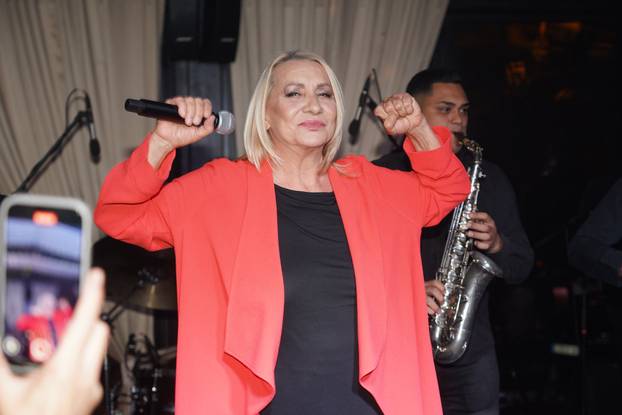Kven identity – being part of a « we » is good for health
The health and living conditions survey Saminor 3 is now on a tour of beautiful Finnmark. For the first time, all the municipalities in Finnmark are included, which for generations have been an area for a « three tribes' meeting », where Sami, Norwegians and Kven have lived and lived side by side.
Some consider themselves one, some like the other, while many may feel like a good mix. In order to compare health and illnesses in the people groups, the participants in a Saminor survey are asked about ethnic affiliation, and it is up to the individual to define their own (s) ethnic affiliation (s).
This gives us a unique opportunity to develop knowledge about health and illness also in the Kven population, which we know too little about.
If you are looking a little on NRK TV's website – for under « Categories », there is no box for « Kven » – then you will eventually find more documentaries, programs and reports about the Kven, both historically and today.
There you also find the nice, and important, the roadmovi « with mopeds to the roots ». Two well -grown guys find their old mopeds from the 60s and 70s and embark on a drive to the area for their Kven roots: Swedish side of Tornedalen, where Meänkieli is recognized as an official minority language. Meänkieli, which means 'our language' (snl.no/ Meänkieli), is closely related to Kven.
The environment in Tornedalen inspired the work of strengthening Kven language and culture in Norway. The film shows us how important history, language and culture are to human identity. It has a bearing on our health.
The women have, in the same way as the Sami, been subjected to assimilation policy. Kven language and identity became a shame that was hidden for many. Therefore, many today have not been aware that they had a Kven -language family history, and did not learn the language of childhood. Language is a central part of one's identity, the soul language, as it is referred to as in the Moped-Roadmovi.
It is therefore gratifying that many are now learning Kven, who is recognized as a separate language by the Council of Europe's charter for regional and minority languages (https://www.regjeringen.no/no/tema/urfolk-og-minorner/nasjonly-minorner/midtspalte/minorgesprakpaktaa.
It is also gratifying that Kven identity is now gaining recognition, and that many choose to take back the Kven family background. Identity is about our self -understanding and affects how we look at ourselves, and it has a bearing on our health.
A positive identity strengthens self -esteem and confidence. Social and cultural belonging and community are important, in order to be part of a « we » can provide support and security. It is especially important during periods of life loads, illness and ailments.
There is a lack of extensive knowledge about the Kven and Finnish population and their health in the north. It is not known how many people identify as Kven/Finnish, how many people speak Kven, what health challenges they have and how many people need linguistically adapted public services, especially health and social services. We will contribute to more knowledge about that.
Saminor has been in several municipalities that have Kvensk and Finnested population. For example, we are now in Raisi – Nordreisa, and at the end of March we come to Vesisaari – Vadsø for the first time. We would like to thank those who have already participated in Saminor! At the same time, we would like to welcome everyone who receives invitation warmly. See more at saminor.no.
Then it just remains to wish everyone a brilliant celebration of the day.
Hyvvää Kväänikansan Päivää!
Congratulations on the Day of Kven!
Inger Dagsvold
Researcher at
Center of Sami Health Research
Ann Ranghild Broderstad
Center Manager for Center for
Sami health research.




